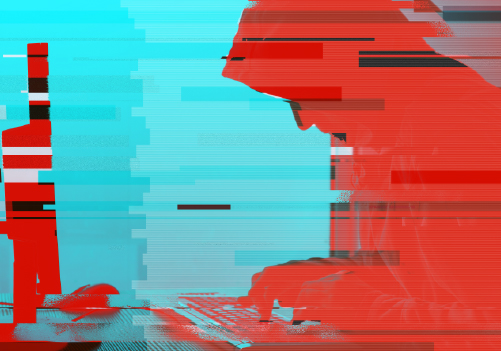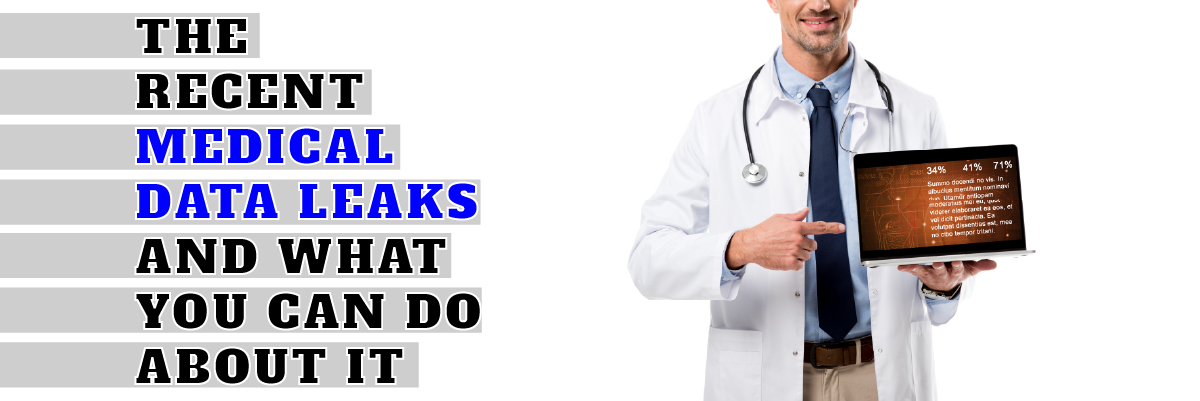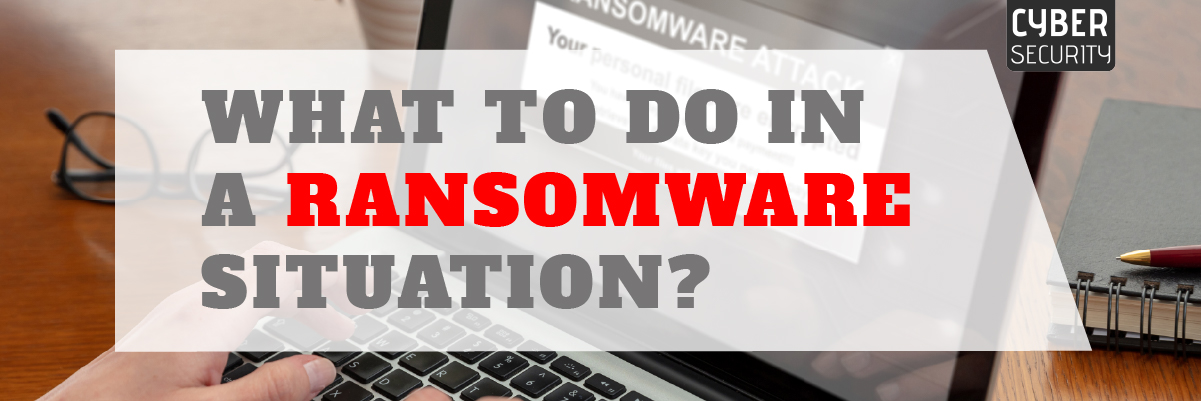How to Recognize Malware
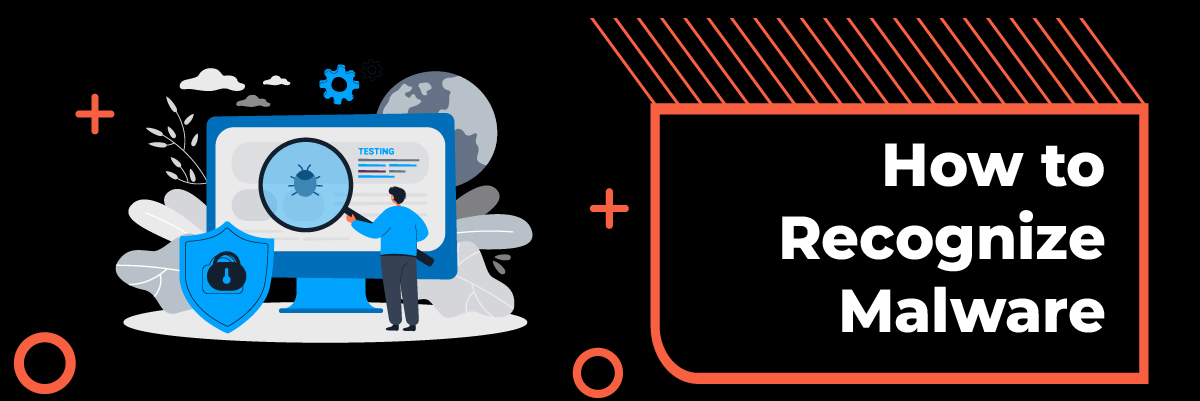
How to Recognize Malware?
Due to rapid advancement in technology and the use of digital devices, the risks of cyber attacks on individuals, organizations, government, and private sectors are increasing. A cyber attack attempts to access a computer system, a group of computers, or a network infrastructure to cause harm. Electrical blackouts, military equipment failures, and national security secrets leaks are possible outcomes of cyber strikes. They can lead to the theft of valuable and sensitive information, such as medical records. They can paralyze or interrupt phone and computer networks.
Cyber risks include computer viruses, data breaches, and DoS attacks. Malware is an example of an escalating cyber threat. Malware has been used to cause disruptions, make money, conduct cyber warfare methods and much more since the early 1970s.
- Last year, 34% of firms had malware-related security issues.
- Following March 2020, Google found roughly 600-800 malware-infected sites weekly, compared to around 3000 infected sites between January and March.
People have a habit of using loose security terms. However, it’s critical to understand your malware categories. Understanding how different types of malware spread is essential to containing and eradicating them. This article will help you know how to recognize malware.
What is Malware?
Malware or malicious software disrupts computer operations, gathers sensitive information, or accesses private computer systems. Malicious software, or malware, is designed to damage or disrupt computers and computer networks.
Malware comes in various forms and often varies in sophistication, but some things are common to most types of malware. They’re usually small programs that trick people into installing them on their computers. Once the computer has been infected with malware, it may be slowed down, destroyed, or made vulnerable to malicious attacks from other sources.
It includes computer viruses, keyloggers, and other malicious programs that damage or disrupt computers and networks. Malware attacks can range from simple annoyances such as pop-up messages to extremely damaging programs that cause financial loss or identity theft.
To protect your systems from malware, it’s important to invest in reliable malware protection solutions such as Malwarebytes. Malware protection for PC can help protect your data from malicious attacks and keep your systems running smoothly. Investing in the right malware protection for Mac can give peace of mind to Mac users that their data is secure and protected.
 Ways to Tell if You’re Infected with Malware
Ways to Tell if You’re Infected with Malware
The best way to tell if your computer has been infected with malware is to look for specific symptoms. Here are some tips on how you can tell if your device has been affected by malicious software:
- Slow performance: If you notice that your device is performing slower than usual, there might be a problem with malware. When malicious programs run on your PC, they can affect its performance and make everything take longer than usual. For example, opening files or programs might take longer, and web pages may not load properly.
- Unexpected behavior changes: If anything that generally happens on your PC starts happening when it shouldn’t — or doesn’t happen when it should — then this could be a sign of malware infection. For example, if your browser opens new tabs without permission or downloads files without asking permission, these could be malware infection signs.
If you have malware on your computer, it can lead to various problems. Some malware displays pop-ups and advertisements, some steal personal information stored on your computer, and some even try to access your bank account. If you believe your system contains malware, you must use an effective anti-malware program to remove the threat.
If you experience these symptoms, you may have malware on your computer. You are in danger when the virus starts to harm your system. You need to know how to know if you have malware or if malware will keep affecting your system.
How Malware Gets on Your Device
Malware can get onto your device in many ways. Here are some of them.
1. Malicious Websites
Hackers often create malicious websites that trick you into downloading software onto your device by appearing as legitimate sites. For example, they may create fake social media pages for popular websites like Facebook or LinkedIn, containing malware links embedded in the website code.
2. Email Attachments
Malware is delivered by email in 94% of cases. Phishing assaults are becoming more common. To steal personally identifiable information, cyber hackers imitate trustworthy institutions. These attachments often appear as files you need to open to view their contents (such as an invoice or document). A typical example of this type of attachment is a PDF document containing an executable file hidden inside it. It automatically downloads and installs malware on your computer without knowing when you open it.
3. Downloading Apps from Unknown Sources
If you’re downloading a file from the Internet, you must be careful where you get it from and what kind of content it contains. Ensure you only download files from reputable sources — such as official developer websites or other trusted sources — and avoid peer-to-peer file-sharing networks.
4. Not Updating Your Apps Regularly
While updating your apps on Android isn’t easy — you need to ensure that every app is compatible with the latest version of Android before doing so. It’s still important to keep up with updates to protect against new malware threats. Suppose you’re unwilling or unable to update your apps regularly. In that case, the best thing you can do is scan your device for malware once in a while using anti-virus software.
Effects Of Malware
Malware protection has become important in today’s business landscape. The bad guys are getting more innovative and creative as they develop new ways of getting into your systems. Malware can cause many problems that affect your company’s daily operation and long-term security. They could steal passwords and credit card numbers or make your computer inoperable by deleting files. In addition to these apparent problems, malware can cause company data to be lost or corrupted.
The following are some common symptoms of a malware infection:
- Unexpected pop-ups in your browser or other applications. These are usually advertisements but can also be attempted by malicious software to trick you into installing more malware.
- The presence of suspicious files on your computer. These may include executable files (.exe), dynamic link libraries (.dll), or scripts (.vbs). If you find any of these on your computer, it’s good to delete them immediately.
- There are frequent crashes, program freezes, blue screens (BSODs), or other system errors. In some cases, these issues might be caused by a hardware problem, but they could also result from malware that has taken over part or all of the operating system (OS).
Conclusion
In this digital era, corporate device and network malware attacks are rising. Cybercriminals are spreading advanced variants of robust malware to infect endpoints. Not only have these attacks increased, but the level of sophistication has also improved.
Protected Harbor offers extensive malware protection from viruses, ransomware, spyware, and other malicious software. It also includes a firewall to prevent outside threats from compromising your computer. One of the most helpful features of this program is its real-time cloud scanning which keeps your computer safe even if you download a malicious program. In addition, you can schedule scans to make sure that your computer is always protected. With Protected Harbor, you get access to helpful 24/7 support as well. An ideal solution for such scenarios with complete protection against malware attacks. What are you waiting for? Get protected from malware today with a free IT audit.






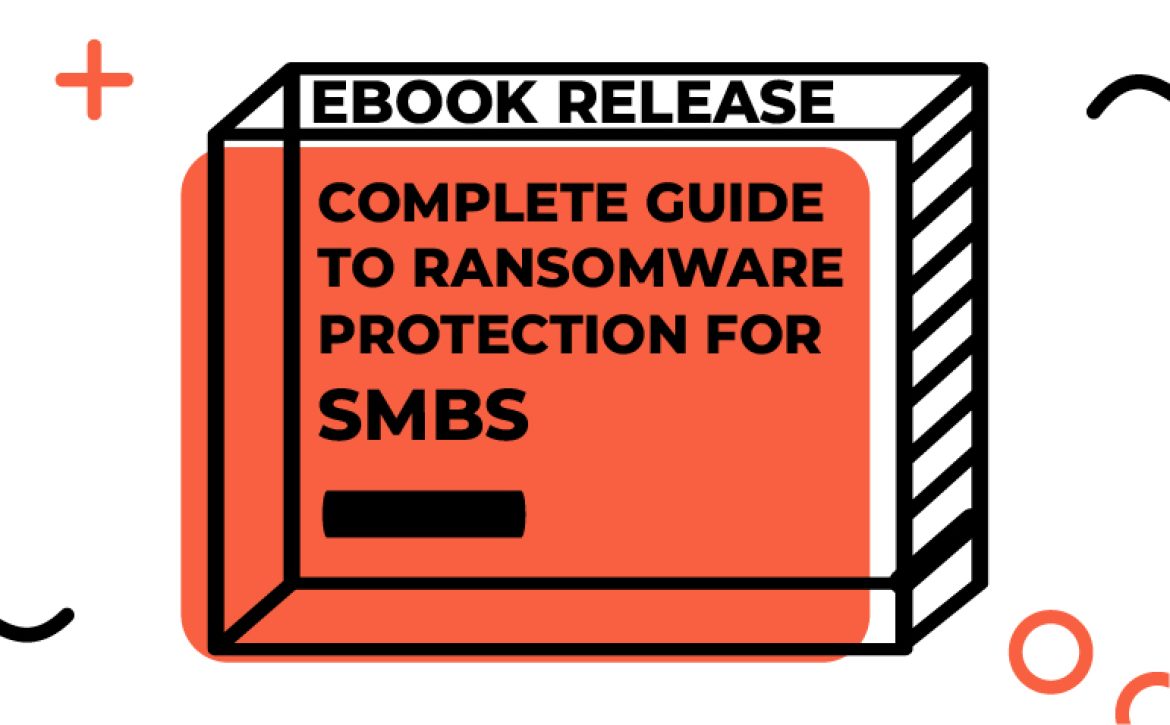
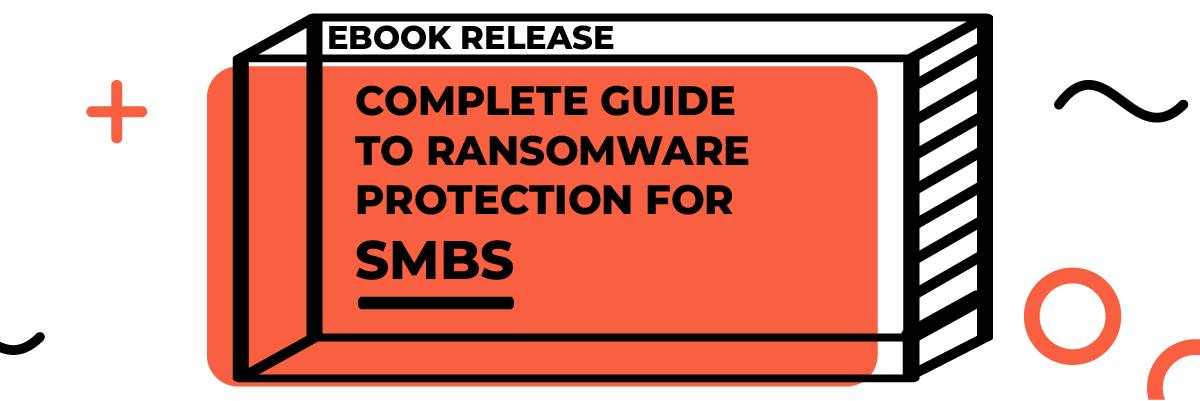


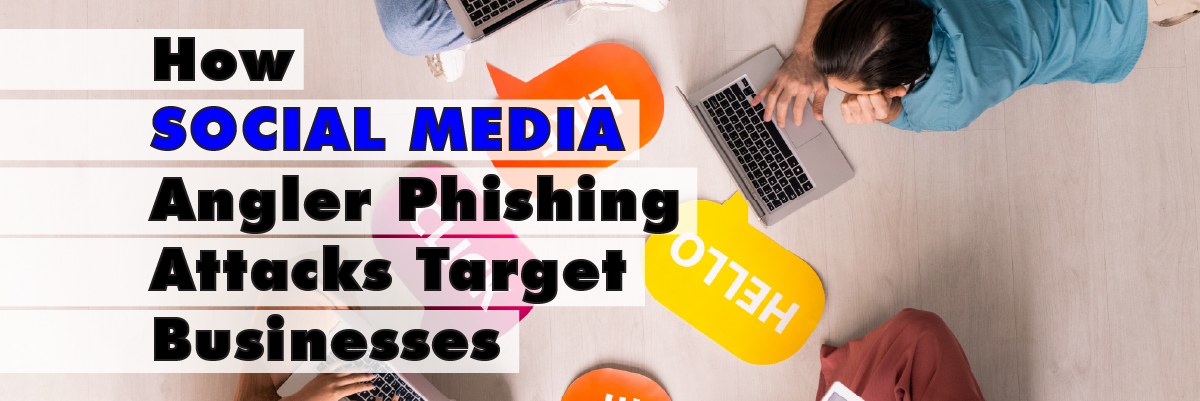
 Impact Of Angler Phishing Attacks on Business
Impact Of Angler Phishing Attacks on Business

